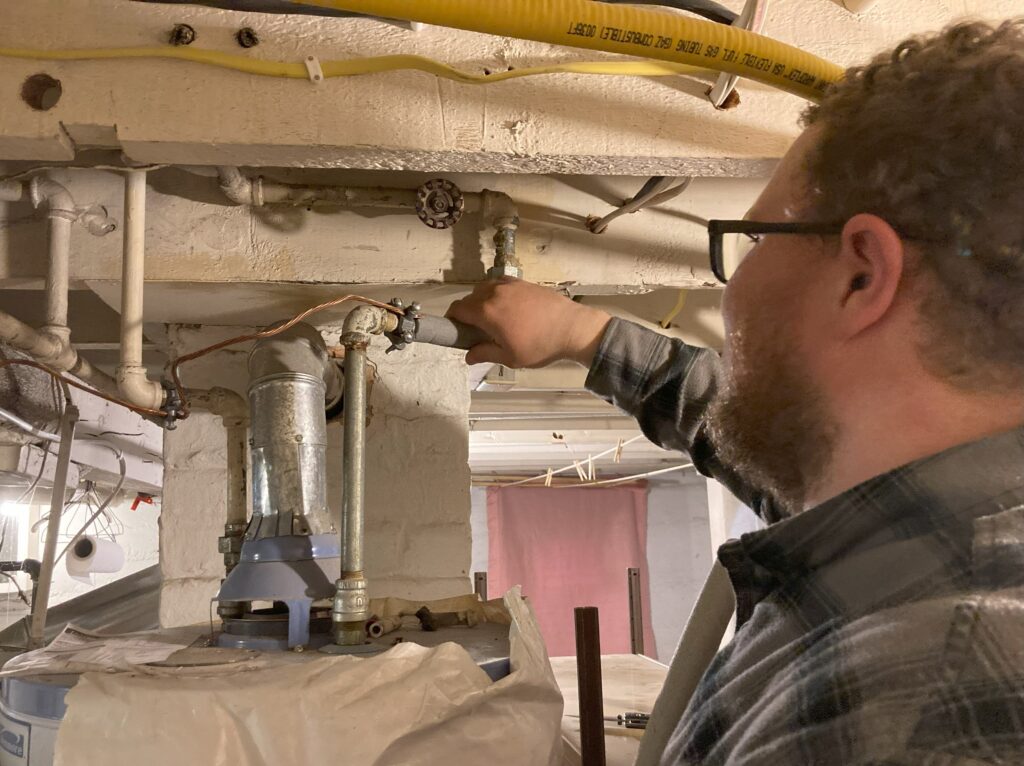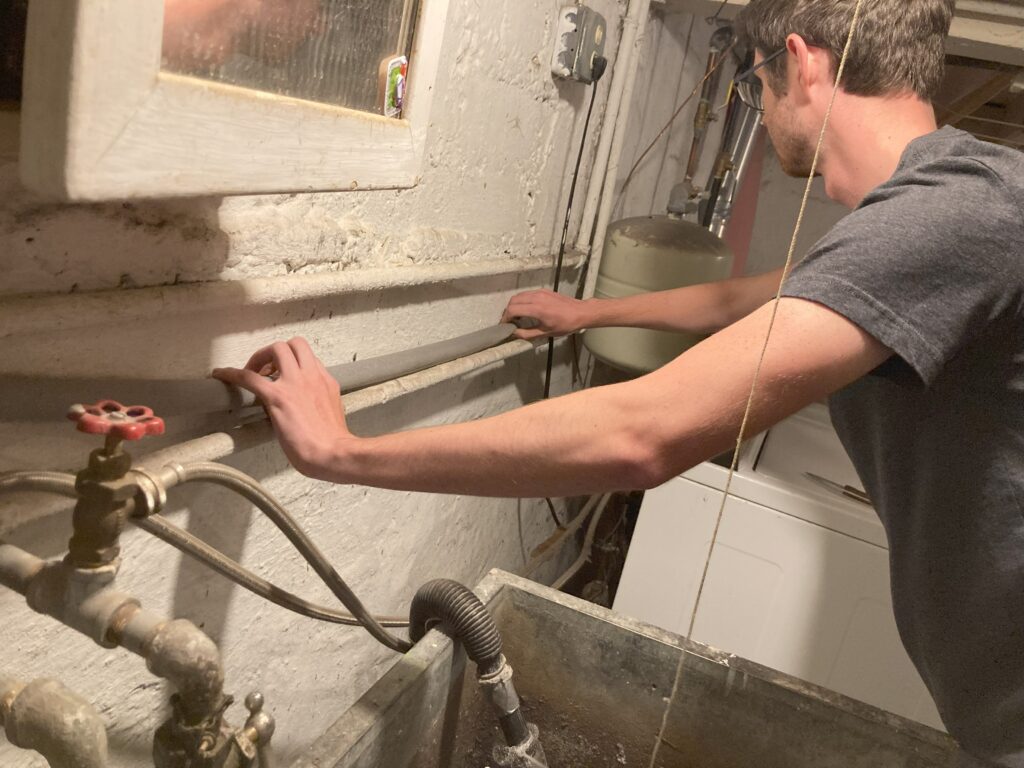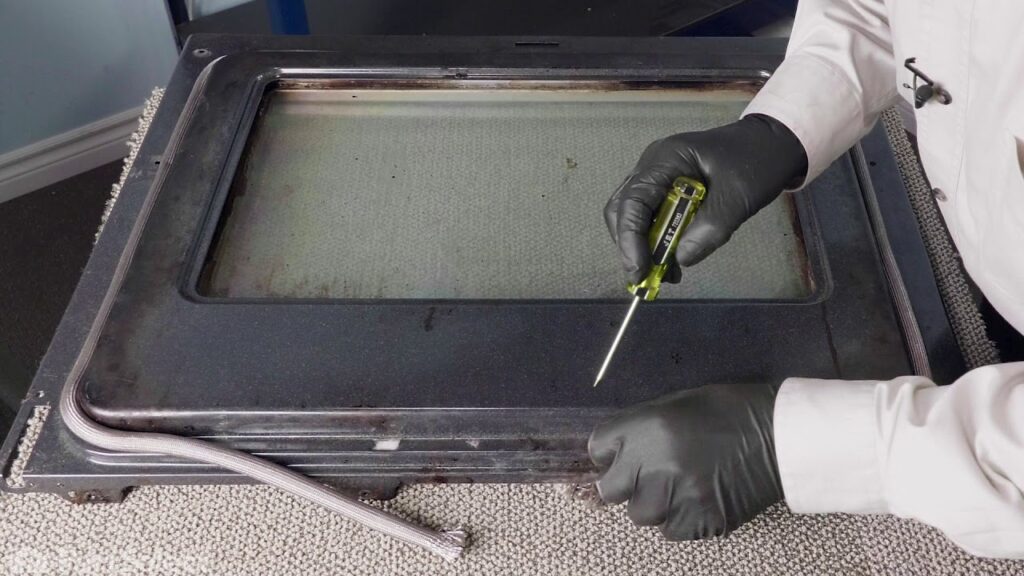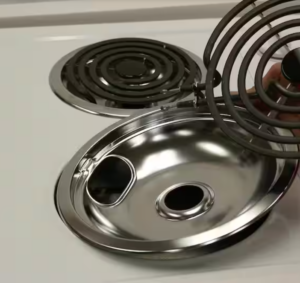

This post is part of our ongoing series about the Inflation Reduction Act. For more information, see our previous posts: Funding Our Energy Transition; Get Ready Today; Heat Pumps; and Weatherization.
The Inflation Reduction Act (IRA) is the largest piece of climate legislation in US history, and it has the potential to have enormous impacts on energy costs, pollution, and climate change across the country. Through this huge investment, the federal government will be providing funding to energy efficiency projects and programs. There will also be energy efficiency funding available from the Minnesota state government in coming years. The goal of these home efficiency programs is to make every home energy efficient, and move as many homes as possible from fossil fuels to electricity.
Making a home energy efficient is a complex multi-step process. This post is about appliances.

The IRA will provide rebates and tax credits to purchase new appliances that run on electricity instead of fossil fuels: induction stoves, heat pump water heaters, and heat pump clothes dryers. These upgrades can make a huge difference in home energy efficiency. But not every homeowner is ready to purchase a major new appliance, and people who rent may not be able to participate in this program at all. So for this post, we are sharing some basic information about these rebates, along with some tips everyone can use to lower energy bills. In future posts, we will talk more about the benefits of electric appliances and how to utilize federal rebates, for folks who are ready to install new appliances.
Please note: these amounts are expected to differ by state. Programs are expected to start in 2024.
Water Heaters. Water heaters are appliances in the home that heat the water that comes out of your sink or shower. Water heaters are commonly large tanks of water that heat up and store water over time, but also come in tankless models that heat the water instantly when it’s needed. Traditional models are powered by gas, oil, propane, and electricity. Under the IRA, you could qualify for up to $1,750 for a new heat pump water heater (HPWH), which is an highly efficient alternative to those traditional models. Similar to heat pumps used to heat and cool the home, HPWHs use electricity to move heat from one place to another. The system takes heat from the surrounding indoor air and transfers it to the water in its tank.
If you’re not ready to make the switch or if HPHWs aren’t suited for your home, there are still options to get the most out of your existing system. Some water heaters come straight from the manufacturer set to 140°F, which is not necessary for the average household. Most households only require about 120°F. Turning down the heat saves energy and money and lowers the risk of scalding and pipe corrosion. Insulating the pipes coming out of your water heater will also improve its efficiency. These are fairly easy DIY tasks, but we can also do them for you during our free energy audits.
Stoves and Ovens. You could qualify for up to $840 to swap out your stove for an electric induction stove. Induction stoves are fully electric and super efficient. They heat up quickly and evenly without releasing excess heat or fumes into your kitchen. Because of these qualities, induction stoves are preferred by many professional chefs.
There are steps you can take to lower your energy bills now, without upgrading to a new stove or oven. Large, leaky ovens are inefficient and take lots of energy to heat up. Sometimes a microwave, toaster oven, or air fryer can often do the job of an oven for a fraction of the energy. (Here is a neat comparison of microwaves and ovens.) If your cooktop has reflective pans, keep them clean; the reflection increases cooking heat, so dirty pans make your stove less efficient. Keeping your oven clean can also help it work more efficiently. Instead of using the self-cleaning option, we recommend scrubbing to remove built up oil and grease. The rubber gaskets around the door of your oven can also be replaced if they’ve become leaky, which will help your oven heat faster and work more efficiently.


Clothes Dryers. You could qualify for up to $840 for a new heat pump clothes dryer. Heat pump clothes dryers use similar technology to heat pump water heaters. They use electricity to move heat from the surrounding air and transfer it into the clothes dryer. They are also fully electric and very efficient.
However, you don’t have to buy a new dryer in order to reduce your energy use. The best and oldest advice to save money on drying clothes is to use a clothesline or a drying rack. If you rely on your dryer, there are steps you can take to make it more efficient. You don’t have to commit 100% to line drying or using a rack to save money: letting your clothes air dry even for a short time before putting them in the dryer will make a difference. You can also increase the overall efficiency of your dryer by keeping it clean. In addition to pulling lint from the lint trap, you can use a vacuum attachment to clean the inside of the trap. There is also an external vent that should be cleaned at least two or three times a year. It can even help to straighten your dryer duct.
Overall Energy Efficiency
These are three appliances that we know are specifically mentioned under the IRA, but there will also be support for upgrading other appliances that increase the overall energy efficiency of your home. Specifications are not released for these yet, but general practice is to refer to Energy Star for the most efficient models.
Another way to lower your overall energy use is by taking advantage of time of day electric rates. Most people use their appliances at the same time in the morning and evening. This causes a spike in energy demand, which requires more infrastructure and can cause overall prices to rise. Minnesota Power customers can opt into a program that provides discounts for waiting until after those spikes to use large appliances. For example, after you opt in, you can save money by running your dishwasher or laundry late at night. Learn more about time of day rates.
As always, we recommend starting with an energy audit. The information provided here is general, but an energy auditor will give you personalized tips tailored to your home and appliances. Sign up for your energy audit today!